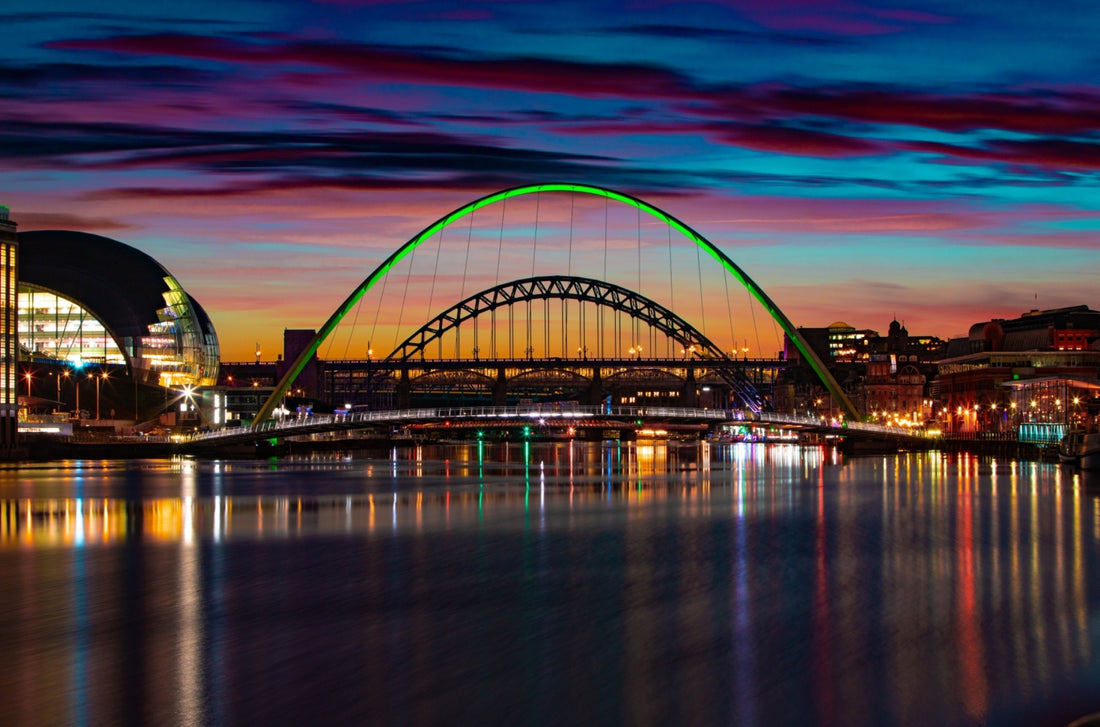How to Do Long Exposure Photography: A Beginner's Guide**
Long exposure photography is a technique used to capture stunning images with smooth water, flowing clouds, and light trails. By using a slow shutter speed, you can allow more light to enter the camera sensor, resulting in a brighter and more detailed image.
Step 1: Choose the Right Camera and Lens**
To get started with long exposure photography, you'll need a camera that allows you to manually adjust the shutter speed. A DSLR or mirrorless camera is ideal, as these cameras give you more control over the exposure settings. You'll also need a sturdy tripod to keep your camera steady during the long exposure.
Step 2: Find the Right Location**
The best places to shoot long exposure photography are those with moving water, such as waterfalls, rivers, or oceans. You can also capture beautiful long exposure shots of cityscapes at night, or of stars in the night sky.

30 second exposure with nd 1000 filter, f7.1 and iso 100
Step 3: Set Up Your Camera**
1. Mount your camera on the tripod and position it so that it's level.
2. Set the camera to manual mode.
3. Choose a slow shutter speed. A good starting point is 1/30 of a second, but you may need to experiment to find the right shutter speed for your scene, at night I like 15 - 30 seconds.
4. Set the aperture to a small value, such as f/16 or f/22. This will help to keep the entire scene in focus.
5. Set the ISO to a low value, such as 100 or 200. This will help to reduce noise in the image.
Step 4: Take the Photo**
Once you've set up your camera, you can take the photo. Use a remote shutter release or the camera's self-timer to avoid camera shake.
 This one is a 20 second shutter, f11, iso 100
This one is a 20 second shutter, f11, iso 100
Step 5: Edit the Photo**
After you've taken the photo, you can edit it to improve the image quality. You can use software such as Adobe Photoshop or Lightroom to adjust the brightness, contrast, and color of the image. You can also remove unwanted objects from the scene or add special effects.
Tips for Long Exposure Photography**

13 seconds exposure, f11, iso 320
* Use a sturdy tripod to keep your camera steady.
* Experiment with different shutter speeds to find the right exposure for your scene.
* Use a small aperture to keep the entire scene in focus.
* Set the ISO to a low value to reduce noise in the image.
* Use a remote shutter release or the camera's self-timer to avoid camera shake.
* Edit the photo after you've taken it to improve the image quality.
With a little practice, you'll be able to capture stunning long exposure photos that will impress your friends and family.

